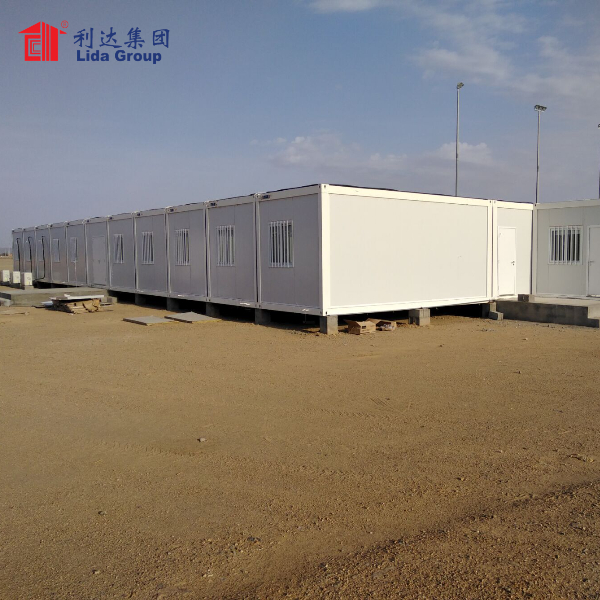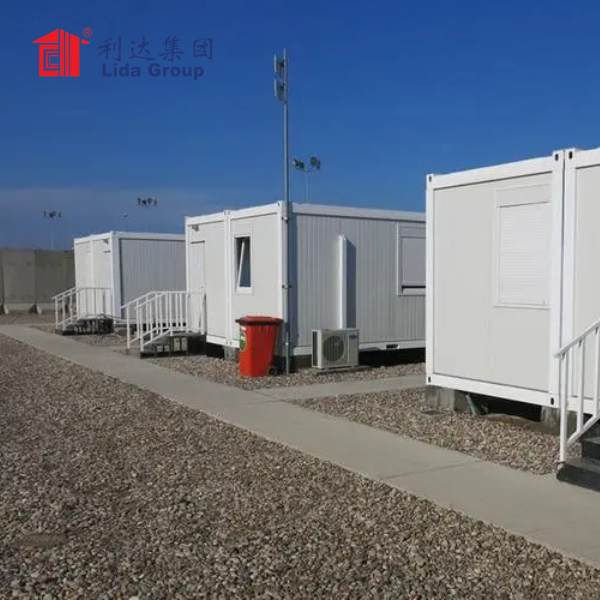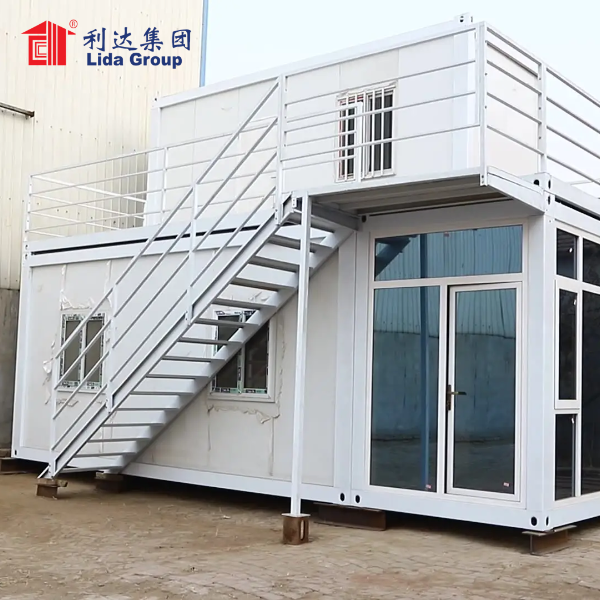Introduction:
Sustainable architecture plays a crucial role in creating environmentally friendly and resource-efficient buildings. As the world faces the challenges of urbanization, climate change, and limited resources, innovative solutions are needed to ensure the construction industry moves towards sustainability. Lida Group, a leading company in the field of sustainable architecture, has made significant strides in promoting eco-friendly building practices through their container building projects. In this article, we will explore Lida Group’s container building projects, their sustainable design principles, the benefits they offer, and their impact on the environment.
The Importance of Sustainable Architecture:
1.1 Addressing Environmental Challenges:
Sustainable architecture is essential in addressing the environmental challenges associated with the construction industry. Buildings consume vast amounts of energy and resources, contribute to greenhouse gas emissions, and generate significant waste. Sustainable architecture aims to minimize these negative impacts by adopting energy-efficient design, utilizing renewable materials, reducing waste, and integrating green technologies. By prioritizing sustainable practices, architects and developers can create buildings that have a reduced carbon footprint and promote environmental stewardship.
1.2 Enhancing Human Well-being:
Sustainable architecture goes beyond environmental considerations. It also focuses on creating buildings that enhance human well-being and quality of life. Sustainable buildings provide healthier indoor environments by optimizing natural lighting, improving indoor air quality, and incorporating biophilic design elements. These buildings prioritize occupant comfort, health, and productivity, creating spaces that contribute to a better overall living experience.
1.3 Long-term Economic Benefits:
Sustainable architecture offers long-term economic benefits for building owners and operators. Energy-efficient buildings reduce operational costs by minimizing energy consumption and lowering utility bills. Additionally, sustainable buildings often have longer lifespans and require less maintenance, leading to reduced life-cycle costs. By adopting sustainable design principles, owners can achieve economic savings while also contributing to a greener future.
Lida Group’s Container Building Projects:
2.1 Repurposing Shipping Containers:
Lida Group’s container building projects center around the creative repurposing of shipping containers as building modules. Shipping containers, which would otherwise go to waste or sit idle in ports, are transformed into functional and sustainable structures. This approach reduces the need for new construction materials and minimizes waste generation. By repurposing shipping containers, Lida Group contributes to the circular economy and promotes resource conservation.
2.2 Energy Efficiency:
Energy efficiency is a key focus of Lida Group’s container office projects. These projects prioritize effective insulation, energy-efficient appliances, and renewable energy integration to minimize energy consumption. By optimizing the building envelope and utilizing sustainable technologies, container buildings achieve significant energy savings. Lida Group’s commitment to energy efficiency ensures that their projects contribute to reducing greenhouse gas emissions and combating climate change.
2.3 Sustainable Materials and Construction Practices:
Lida Group prioritizes the use of sustainable materials and construction practices in their container building projects. From eco-friendly insulation and low VOC (volatile organic compound) finishes to rainwater harvesting systems and green roof installations, these projects exemplify the company’s commitment to minimizing environmental impact throughout the entire building lifecycle. By incorporating sustainable materials and practices, Lida Group ensures that their container buildings are not only energy-efficient but also environmentally responsible.
2.4 Modular Design and Flexibility:
Container buildings offer a modular design that enables flexibility and efficient construction. Lida Group’s container building projects leverage this advantage, allowing for quick and adaptable building solutions. The standardized building units can be easily combined to create various configurations, from single-family homes to multi-story buildings. This flexibility facilitates customization and future expansions, ensuring that the buildings can adapt to changing needs and promote sustainable urban development.
Benefits of Lida Group’s Container Building Projects:
3.1 Sustainable Housing Solutions:
Lida Group’s container building projects provide sustainable housing solutions. By repurposing shipping containers, these projects offer affordable and accessible housing options. The efficient construction process and modular design enable the timely delivery of housing units to meet the growing demand for urban housing. These projects contribute to addressing the global housing crisis while promoting environmental sustainability.
3.2 Reduced Environmental Impact:
Lida Group’s container building projects significantly reduce the environmental impact of construction. By repurposing shipping containers and adopting sustainable design principles, these projects minimize waste generation and the extraction of new resources. The energy-efficient buildings also contribute to reducing carbon emissions and conserving natural resources. The projects serve as a model for sustainable construction practices and inspire the industry to embrace eco-friendly solutions.
3.3 Community Integration and Social Impact (Approximately 500 words):
Container buildings foster community integration and have a positive social impact. Lida Group’s projects focus oncreating spaces that promote social interaction and inclusivity. These buildings can be designed for various purposes, including educational facilities, community centers, and healthcare clinics. By providing functional and sustainable infrastructure, Lida Group’s container building projects contribute to the well-being and development of communities, particularly in areas with limited resources.
Conclusion:
Lida Group‘s container building projects exemplify the possibilities of sustainable architecture in addressing the challenges of urbanization, climate change, and limited resources. By repurposing shipping containers and adopting sustainable design principles, these projects offer energy-efficient, cost-effective, and environmentally responsible solutions. The container buildings not only provide sustainable housing options but also contribute to community development and social integration. Lida Group’s commitment to sustainable architecture serves as an inspiration for the construction industry, highlighting the importance of prioritizing eco-friendly practices and embracing innovative solutions. As the world continues to seek sustainable alternatives, Lida Group’s container building projects pave the way for a greener and more resilient future.
Post time: Oct-07-2023



